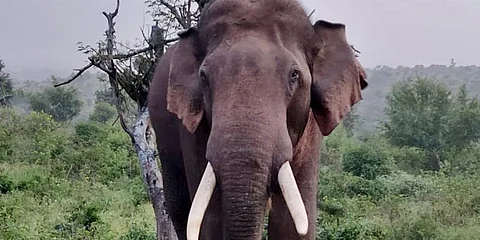

GUWAHATI: Conservationists in Assam hailed the state government for its decision to upgrade the Dehing Patkai Wildlife Sanctuary to a national park but, at the same time, they sought better protection for the adjoining Dehing Patkai Elephant Reserve (DPER).
In letters written to Chief Minister Sarbananda Sonowal and Forest Minister Parimal Suklabaidya, a group of 1,427 conservationists, scientists, academicians, filmmakers, artists, students and others said since only 12% of the 937 sq km DPER is protected, illegal activities such as felling of trees, poaching, encroachment, rat-hole mining etc were a serious threat to the unprotected landscape.
“Since 1994, various organizations, activists and serving and retired forest officials had been demanding for the status of the national park for an estimated area of 500 sq. km. Their efforts seemed to bear fruits when Dehing Patkai was declared to be a wildlife sanctuary in 2004. But to their utter dismay, it covered an area of only 111.19 sq km, leaving off other areas proposed,” the conservationists said.
They said the decision proved to be a major concern pertaining to conservation threats along with increasingly-fragmented habitats, poaching and human-wildlife conflicts. Sprawling over an area of around 937 sq km, the biodiversity-rich DPER is a part of India’s largest rainforests that is often referred to as the “Amazon of the East”.
Studies conducted through camera trap revealed the presence of Schedule-I and endangered species such as tiger, clouded leopard, Asiatic golden cat, marbled cat, Malayan sun bear etc. The areas outside the sanctuary have a viable population of arboreal primate species including western hoolock gibbon, Bengal slow loris etc.
“A proper scientific assessment should be done by experts in consultations with people living in and around the sanctuary and the nearby reserve forests. A public hearing is essential for proper demarcation and upgradation of the protection of DPER,” the conservationists insisted.